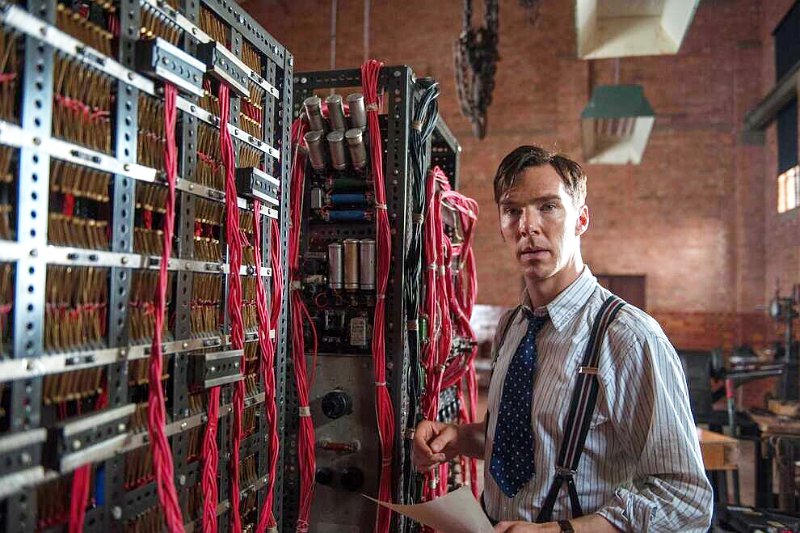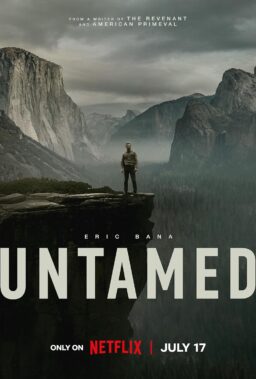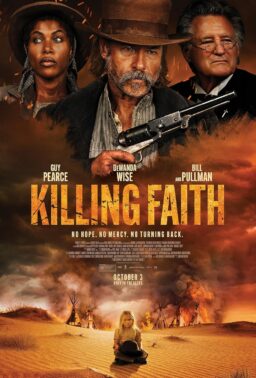With “Fury” debuting atop the domestic box office last month
and “The Imitation Game” generating Oscar buzz in advance of its November 28
release, it would be tempting to say that Hollywood has rediscovered its
interest in World War II. The truth is it never really lost it. From the
propagandistic films made during wartime (“Sergeant York”) to modern-day remembrances
of the Greatest Generation (“Saving Private Ryan”), Americans never seem to tire
of these stories of bravery and fortitude; perhaps one reason is that the films
tell us more about the era in which they were made than the one in which they
take place.
“The Dirty Dozen” and “The Green Berets” were hawkish
rebukes to the popular anti-war sentiments of the Vietnam Era, while “Saving
Private Ryan” and “The Thin Red Line” offered more meditative, less urgent perspectives
during a time (the late 1990s) many thought to be one of protracted peace. In
the mid-2000s, Clint Eastwood made a pair of WWII films—“Flags of our Father” and
“Letters from Iwo Jima”—that examined a crucial battle from both the American
and Japanese perspectives, a stunning subversion of a genre that has
rarely made room for the enemy to be
anything other than monsters.

Eastwood’s films reflected American ambivalence over the War
on Terror, and halfway into the next decade, we remain deeply, frustratingly
divided. This may explain Hollywood’s current obsession with WWII (a third film,
Angelina Jolie’s “Unbroken,” bows on Christmas Day). Are we hungry for stories
from a simpler, more galvanized time? Perhaps, but the WWII films of today seem
made for completely separate demographics. “Fury”will resonate with people who see war as a noble and heroic
fight against evil, while “The
Imitation Game” is for those who view violence of any kind as a last
resort. The former is a hyper-violent, militaristic paean to the American
soldiers who fought the war on the battlefield. The latter is a vehicle for
progressive social values that portrays British academics as the real heroes.
The disparate values in these films are reflective of our divisive political
culture, to which apparently not even the most justifiable war in modern
American history is immune.
Nowhere are the differences between these two films more
apparent than in their depictions of violence. “Fury” is probably the most
gruesome film of the year not to exist within the horror genre. There is nothing controversial about that; war is violent, and military
veterans have praised the film for accurately reflecting its horrors, both in
its physical realities and the psychological trauma it inflicts. What separates
“Fury” from other graphic war films, however, is that it seems to celebrate killing
as an ideology, not as strategy, policy, or even self-defense.

Set in the final days of the war, when conflict is nearing
an end but, as one character puts it, “a whole lotta people gotta die,” “Fury” omits
any context beyond the battlefield. The film follows an elite tank squadron led
by Don ‘Wardaddy’ Collier (Pitt), as they receive and train an inexperienced
Army typist, Norman (Logan Lerman), who has inexplicably been assigned to their
squadron. New to the war, Norman is squeamish about killing, so Collier commands
him to shoot an unarmed German prisoner of war. When Norman refuses, Collier
literally forces his hand. Thus begins The Desensitization of Norman, a process
by which the young innocent slowly sheds his naïve, peaceful ways and learns to
relish mowing down the faceless, nameless Nazis in the tank’s path. Of course,
Norman is a handy surrogate for the audience, who will also flinch at the shedding
of blood but may be applauding the hundreds of Nazi deaths in the film’s climax.
The film’s reverence of killing runs so deep that it even
celebrates—in a way—the death of its American heroes. When the tank breaks
down, and Collier and his crew face an incoming unit of 300 or so German
soldiers, the logical choice would be to run and hide. Instead, they stay and
are rewarded with a noble hero’s death, taking out hordes of enemy soldiers in
the process. The scene recalls the second half of last year’s “Lone Survivor,”
in which 4 Navy SEALS engaged in a legendary and (mostly) fatal firefight with
the Taliban. Steven Boone, in his review here,
wrote that the film “makes political interests superfluous to
the religion of the warrior.” “Fury” walks a similarly delicate line,
condemning the horrors of war while depicting its trigger-happy protagonists as
action heroes that we are meant to emulate.
The comparison to “Lone Survivor” works especially well when
we consider “Fury” a reflection of our attitudes towards our current war
against global jihadism, an enemy that some consider equal to the Nazis in
their practices and ideology. Like many who support increased American presence
in the Middle East, “Fury” sees global conflict as a zero sum game, in which
total destruction of our monstrous enemies is the only goal. Such a perspective
may not accurately reflect global realities—the war on jihadism cannot be won on
guts and glory alone—but it also ignores the fact that support for America’s
involvement in WWII was hardly unanimous, at least until the Pearl Harbor
bombing. In fact, until that point, the U.S. resisted involvement in the war at
every turn, but in our films and other pop culture artifacts, that ambivalence
has been mostly stripped from the record. “Fury” marks the latest film to
depict WWII as a simple, inarguable case of good versus evil, which, in all the
ways it deviates from reality, makes for a gripping movie with a satisfying
moral canvas.

“The Imitation Game” makes its own moral calculations, but
from the inverse perspective. Its characters never even sniff the battlefield,
with almost the entire story taking place inside the abandoned radio factory
where genius mathematician Alan Turing (Benedict Cumberbatch) and his team
labor to crack the Nazi Enigma code. The heroes of the film are quiet,
unassuming academics, who have more in common with Norman at the start of “Fury”
than any of that film’s hardened war veterans.
The film’s attitude towards violence is best displayed in the
crucial moment after Turing cracks the code. After discovering through decoded
messages that German U-boats are planning on attack on a British passenger ship
that will kill hundreds of men, women, and children, he decides to let the
civilians die, instead of saving them and inadvertently alerting German
intelligence that their code has been cracked. Every day after that, Turing and
his team make a “blood-soaked calculus” to determine how many lives they can
save, while still preserving their secret of having cracked the code, their
greatest tool in winning the war. In this way, “The Imitation Game” puts the
strategic and moral choices of war in the foreground, whereas “Fury” ignores
them altogether.

If the characters in “The Imitation Game” seek to avoid
bloodshed—or are at least “agnostic” about it, as Turing puts it—it could be
because they themselves have been the victims of systemic cultural violence. Turing
and his most trusted partner, Joan Clarke (Keira Knightley), are a closeted
homosexual and a woman, respectively, and the film places their accomplishments
in the context of the LGBT and gender equality movements. Turing ends up arrested
for indecency and sentenced to hormone therapy, also known as “chemical
castration.” Meanwhile, Clarke is mistaken for a secretary when she first
reports to work for Turing (the security guard can’t believe a woman would be
smart enough), and she views her work as an escape from the domestic life women
of her generation were expected to fulfill. As Turing and Clarke form a strong,
platonic relationship, the film touchingly shows how cultural violence towards marginalized
people can force them into strange, difficult choices, but also how their
shared struggle can forge strong bonds of friendship.
Turning the classic World War II movie into a vehicle for
socially progressive values is a pretty subversive act, and the film’s boldness
is likely to get it some serious awards attention. Alternatively, the
left-leaning Academy will surely reject “Fury,” despite the great love it has
received at the box office and from the military community. Maybe that’s okay. The
near-simultaneous release of these two films—buttressing the mid-term elections,
no less, when political ideologies are running highest—may show how well
Hollywood is adjusting to our political divisions. For most of the last 70
years, you could make a WWII film that appealed to the masses. Nowadays, you
have to make two.












